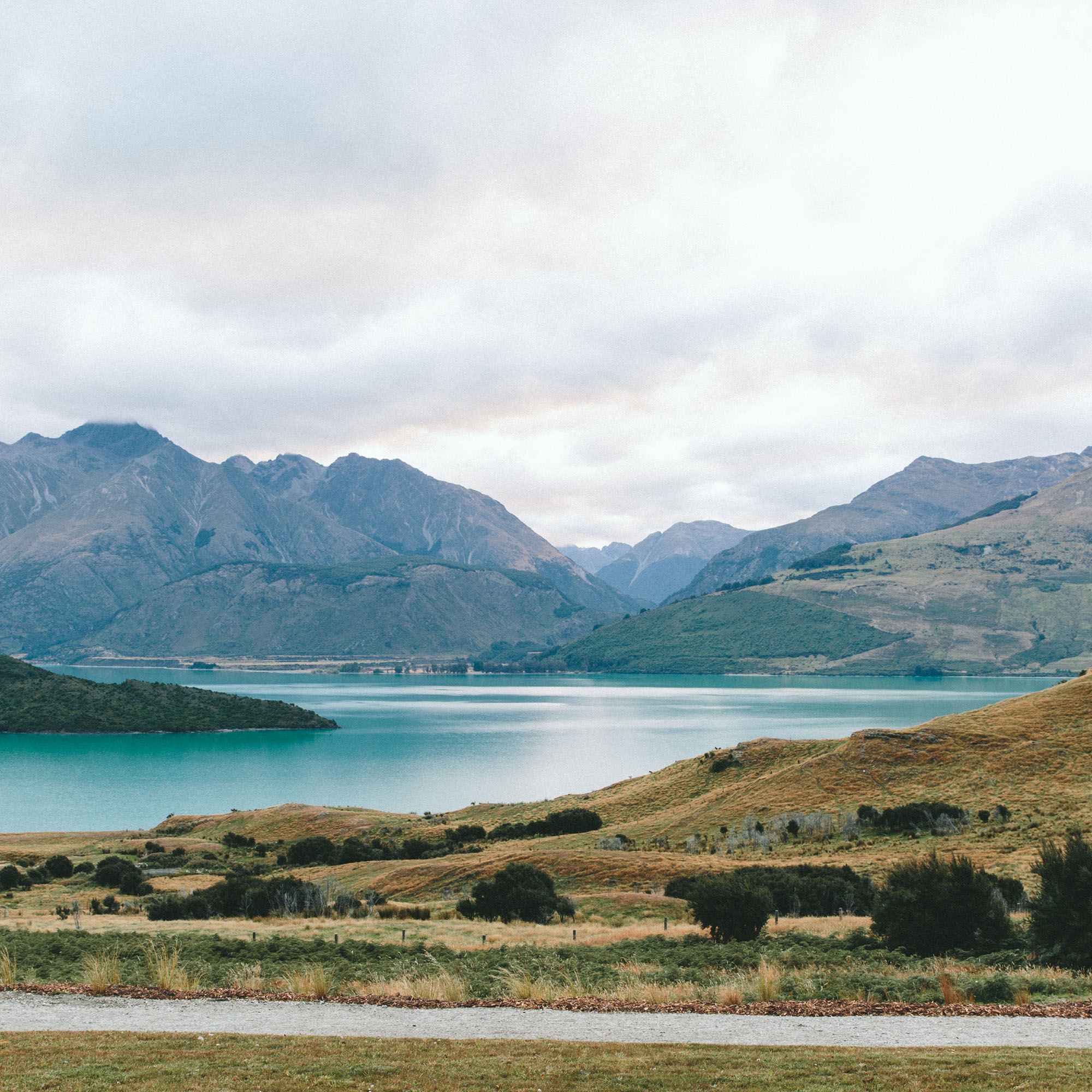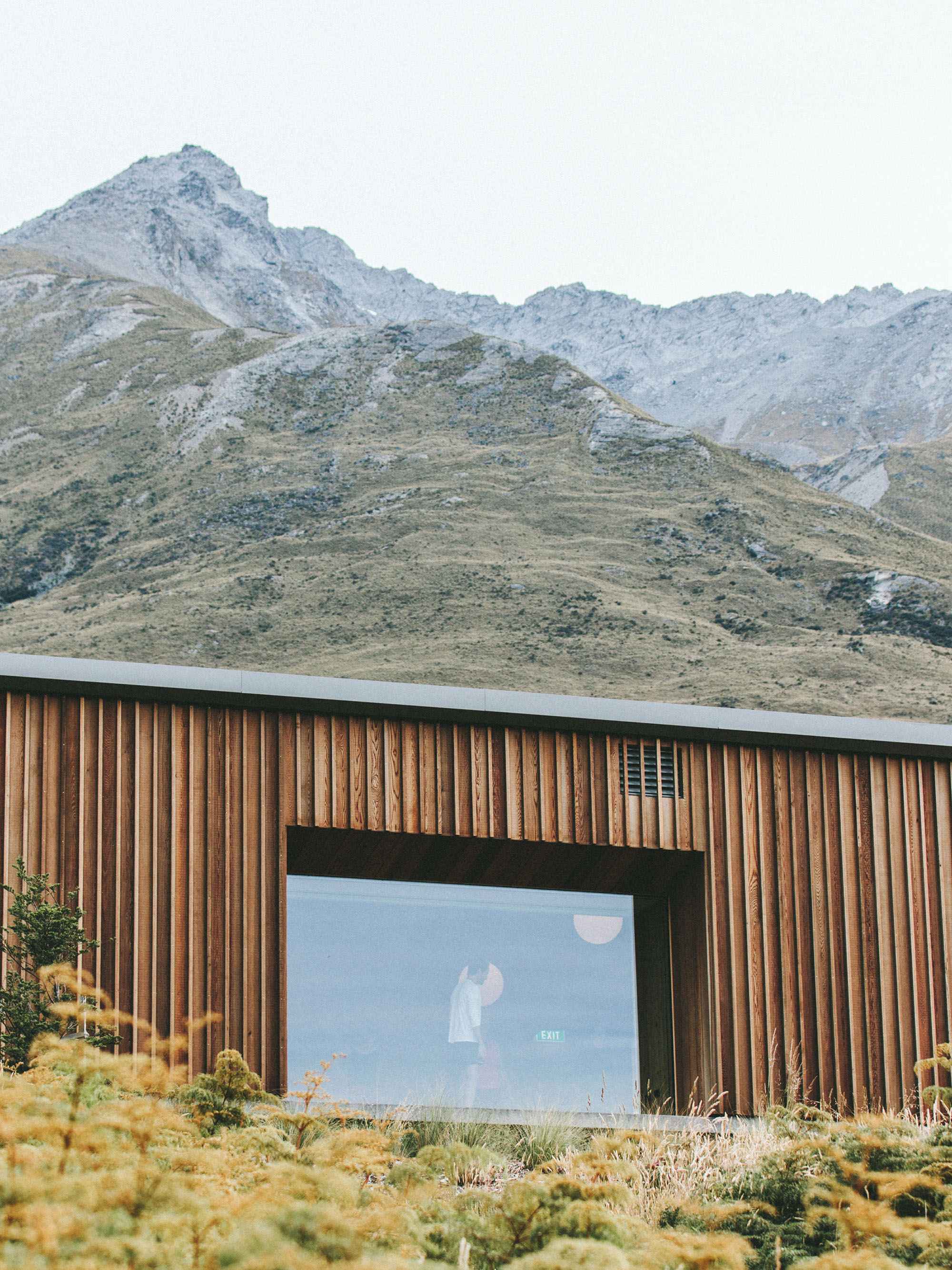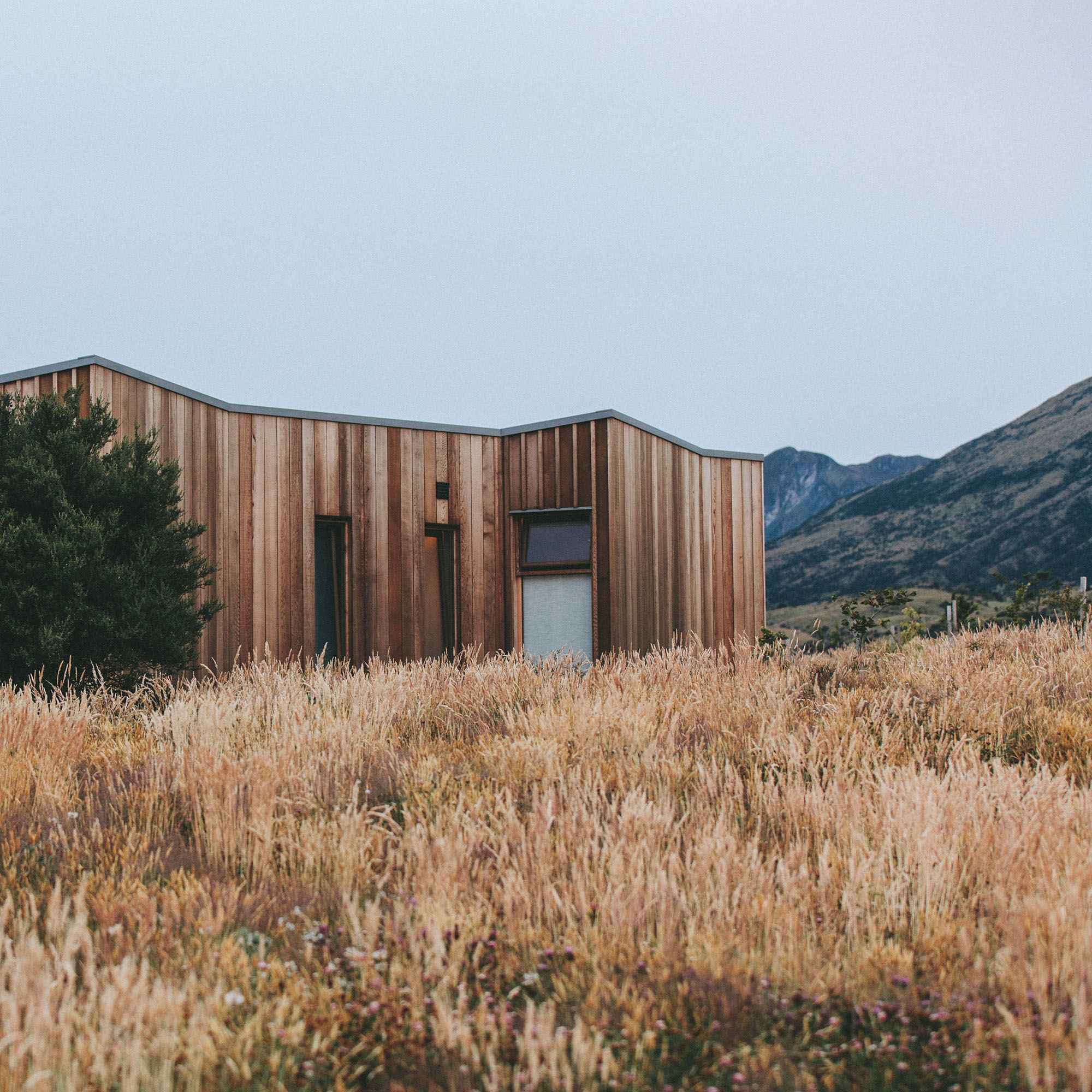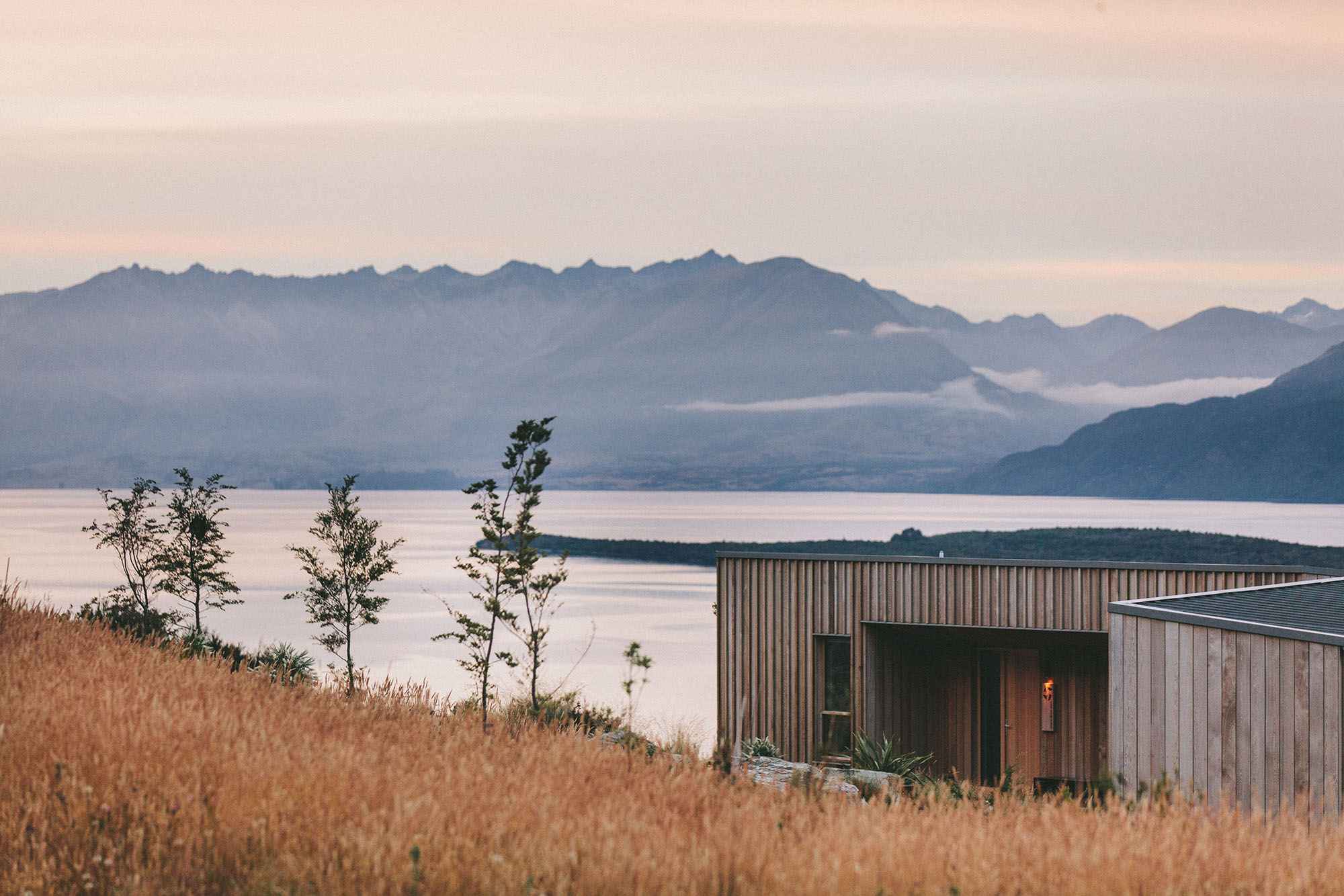Why This Sunscreen by Blissoma Screams Summertime Protection (And All Year Long)
/With global warming these days, it’s hard to keep up with swiftly changing weather but if you’re like most of us, once that weather warms up and the sun pops out, we’re headed outdoors or near a sunny window. No matter what level your sun exposure is, it’s always important to apply sunscreen to the face which is why we’ve fallen head-over-heels for this Blissoma’s new Photonic - Light Shifting Solution SPF 30 Broad Spectrum Sunscreen ($60-$68).
As a holistic and organic skincare brand, Blissoma creates products that are formulated with freshly made extracts and phytonutrients. Each of their products contain 75% or more raw plant ingredients (which is 5%-20% above the cosmetic industry standard). We sat down with Founder/Herbal Chemist Julie Longyear and Director of Professional Education & Business Development/Makeup Artist for women over 40 Kristen Arnett and asked them a few questions about the benefits of mineral SPF skincare, why acne breakouts occur with some sunscreen, and what’s the deal with a matte sunscreen.
Obviously we should be wearing sunscreen all the time at any age, but as we reach 40 and beyond, what are the benefits of a mineral sunscreen vs. a non-mineral sunscreen?
Julie Longyear: The UVA protection provided by zinc oxide based sunscreens is vastly superior to chemical sunscreens. Most sunscreen chemicals like oxybenzone and octisalate primarily absorb rays in the UVB range. There are very few chemical UVA sunscreen actives to choose from. The most commonly used one is avobenzone. The big problem is that chemical UVA sunscreen actives tend to be hard to formulate with and are unstable both in the bottle and on your skin. The protection really plummets quickly as they are exposed to UV light because they break down. The UVB protection may last longer but your protection against the type of deeper damage that causes visible aging, hyperpigmentation, and cancer is gone relatively quickly. Because you're not burning, though, you feel you're safe and you can end up staying out in the sun longer as a result, accelerating the aging effects.
Zinc oxide is a fantastic UVB and UVA protective ingredient and is very stable. It doesn't degrade in the presence of sunlight, so you're getting good, consistent UVA protection. If your skin starts to get a little pink you know to get out of the sun. That's your natural sign that you've had as much as your skin can handle! This is a much better situation because then you're able to avoid extensive long term damage. Even if you're just wearing it on a daily basis for short periods of sun exposure you're getting better UVA protection when you choose zinc oxide.
Kristen Arnett: Every dermatologist I’ve worked with exclusively recommends mineral sunscreen with a 30 SPF, because it is an immediate, longer-lasting, physical sun blocker.
Relying on chemical sunscreens comes with a host of risks from personal health to environmental consequences that I just can’t get behind. It degrades faster, and is less reliable.
Non-nano Zinc Oxide is the one to look for because it helps with general UVB sun exposure and warding off the UVA rays that are related to aging.
It’s a lot easier to prevent “age spots” AKA hyperpigmentation, than it is to lighten it later. Mineral sunscreen is better at slowing the acceleration of existing spots or the formation of new ones.
I’ve heard that people with sensitive skin or oily skin can have breakouts when using mineral sunscreen. What makes this product different from the others?
JL: Generally people are getting breakouts from the carriers, emulsifiers, and preservatives that are used to make the mineral sunscreen and not from the mineral itself. There could be situations where companies might use low quality zinc oxide to cut costs, and it's not impossible that there could be nickel contamination, but we use a zinc that is tested for that kind of thing.
Just because a sunscreen uses minerals for the UV filter doesn't mean the rest of the formula is natural, and it doesn't mean it's been tested for sensitive or acne prone skin. The whole base of the product could be synthetic and made with silicones and petroleum ingredients. A lot of the time companies are just doing whatever is most convenient and profitable for them and so they're using cheap base ingredients. You still have to read the whole ingredients list when buying mineral sunscreen!
Silicones especially are really disruptive to the skin barrier, and a lot of companies use silicones to help disperse mineral pigments. I'm acne prone and I can't use products with silicones for more than 1 day at a time because I'll get deep, cystic breakouts. I've seen the same reaction from other people as well.
This product also has a lovely matte effect when applied. Why is this beneficial while many other facial sunscreen products aren’t matte?
JL: We chose botanical oils that were very absorbent into the skin so that they would not leave a greasy shine on skin. Some companies that do make mineral sunscreen with a natural base use a lot of oils to suspend the zinc, which can make it feel very greasy. We worked really hard to use just the perfect blend and amount of oil to suspend the zinc, nurture the skin, and still let the product absorb quickly.
I live in St. Louis, which is very humid and sweaty in the summertime. I know when the air is thick with moisture like that the last thing I want to do is apply a sunscreen that is going to be shiny and greasy looking. I'm already going to be sweating a lot and producing more skin oil due to the heat, so I don't want my sunscreen to add to that effect.
Photonic is really easy to use with makeup too because of the smooth, matte finish. It's not going to alter your final cosmetic look.
KA: Photonic SPF 30 is matte, but with just a hint of hydration so the skin doesn’t feel (or look) parched. This is a massively important distinction because most people have only experienced natural, mineral sunscreens in greasy formulas, which just feel oppressive in the summer heat, especially mixed with sweat.
The grease and slip factor of these formulas are a really awful combo that causes makeup to slide off, mascara to smudge and leave you looking like an actual “hot mess”. Goodness help you if you have a hot flash in the midst of all that too.
Even if they aren’t greasy, way too many sunscreens today are piled high with silicones and mica to create the illusion of smooth radiance, and those ingredients really harm people’s complexions, in my experience. So, I will confidently say that in 27 years of working in the beauty industry, I’ve never come across a better facial sunscreen that checks absolutely every box for ingredient integrity, ethical production, and performance, worn on its own and under makeup.
The exceptional wear under makeup is huge for my clients who don’t want to feel caked in layers of stuff just to be protected and look great when they go out.











